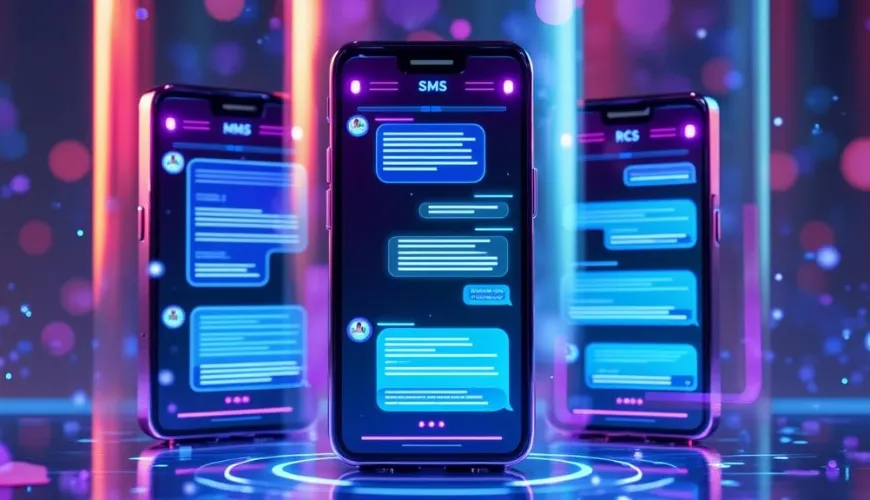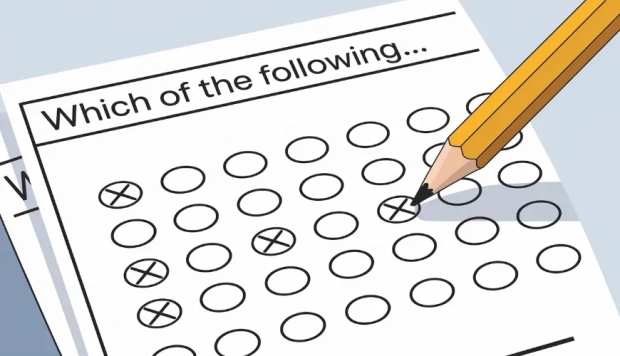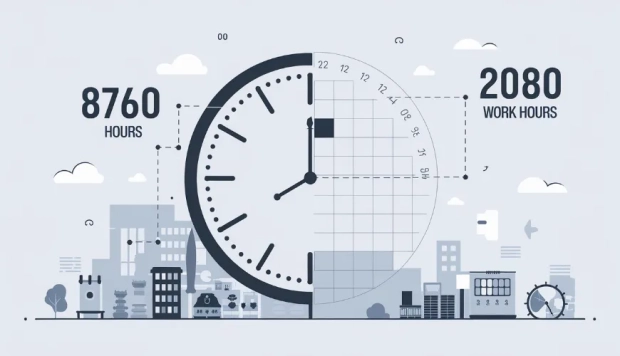RCS vs MMS vs SMS: What’s the Real Difference in Modern Messaging?

The way people communicate has always been shaped by the available technology. From the humble days of SMS to the rise of MMS and the emergence of RCS, each messaging protocol has sought to offer a richer, more flexible way to connect. Yet, for many, the differences between RCS vs MMS - and how they relate to SMS-remain shrouded in confusion. What exactly are these messaging formats? How do they impact the way we share information, images, and media? And more importantly, what does the future hold for business and personal communication as RCS gains momentum around the world?
Messaging Standards Explained: SMS, MMS, and RCS
The journey begins with SMS, or Short Message Service. SMS is a legacy protocol that has enabled text-based communication between mobile devices for decades. It is universally supported, simple, and reliable. However, its limitations are clear: messages are capped at 160 characters, and the format is strictly plain text. When users wished to send images, videos, or longer messages, MMS-Multimedia Messaging Service-stepped in as an evolutionary step.
MMS provides the ability to send multimedia content, such as photos, audio clips, and even short video files. It doesn’t require an internet connection; instead, it leverages carrier networks just like SMS. This accessibility made MMS a staple for people who wanted to share more than just words. However, MMS is far from perfect-file size limits, inconsistent support across devices and carriers, and often sluggish delivery times have hampered its usefulness in a world increasingly reliant on instant sharing.
Enter RCS, or Rich Communication Services. Often described as the successor to SMS and MMS, RCS aims to bring chat app-like experiences to the standard text messaging world. With RCS, users can send high-resolution images, videos, and even conduct group chats, all within their default messaging app. RCS messages use the internet-Wi-Fi or mobile data-to deliver their richer content and interactive features.
SMS, MMS, or RCS: What Sets Them Apart?
A side-by-side comparison helps clarify the differences and the unique strengths each protocol brings:
- SMS: Text only, 160-character limit, works on any phone, no internet required.
- MMS: Text plus images/video, higher character and file size limits, multimedia support, no internet required but subject to carrier limitations.
- RCS: Text, images, video, group chat, file sharing, read receipts, typing indicators, works over the internet, requires supported device and carrier.
It’s tempting to ask-if RCS offers so much more, why isn’t everyone using it already? The answer lies in adoption. While SMS and MMS work regardless of device or network, RCS requires both sender and receiver to have compatible devices, carriers, and sometimes even specific messaging apps. Despite these hurdles, the tide is turning as major carriers and smartphone manufacturers increasingly support RCS, particularly in Android’s default Messages app.
RCS Messaging in Practice: Real-World Use and Business Implications
Consider a local bakery that wants to launch a new product. In the past, sending an SMS to customers was a simple, effective alert. But what if they wanted to show off a mouthwatering image of their newest pastry or even include a short video introducing the baker? MMS could work, but recipients might see the image distorted or not receive it at all due to carrier restrictions.
With RCS messaging, the bakery can send a vivid, high-definition image accompanied by interactive buttons-perhaps one for placing an order and another for sharing with a friend. Customers see when the message has been delivered and read, and even receive updates if the bakery is responding live. This kind of interaction is simply not possible with SMS or traditional MMS.
For businesses, the benefits are profound. RCS delivers a more engaging, app-like experience directly within the user’s messaging inbox, without requiring a separate app download. It also enables advanced features like verified sender identification and suggested replies, which build trust and encourage customer interaction.
The Debate: SMS/MMS vs RCS
The conversation around “sms/mms vs rcs” reflects a broader question: how do people balance reliability and ubiquity with feature-rich communication? SMS and MMS are still more universal, reaching anyone with a phone number regardless of device type or internet connection. However, as data coverage expands and smartphones become the norm, the pendulum continues to swing toward richer, internet-based messaging.
A critical difference is security and privacy. RCS provides better opportunities for encryption (although it’s not always end-to-end by default), while SMS and MMS offer little protection against interception. For businesses handling sensitive customer information, this is a significant consideration.
What Is RCS Chat-and How Does It Compare to SMS/MMS?
When people ask “what is rcs chat vs sms/mms,” they’re really asking about the messaging experience. RCS chat refers to the interactive, feature-rich environment enabled when both communicating parties support RCS. Typing indicators, read receipts, group chats, location sharing, and the ability to send large files are all part and parcel of RCS chat. It feels less like sending a text message and more like chatting in WhatsApp or Messenger-but without leaving your standard messaging app.
In contrast, SMS and MMS remain linear, mostly static, and lack these modern flourishes. The leap from sms vs mms vs rcs is not just about media support but about interactivity and immediacy. For instance, the ability to see when someone is replying, or to join a dynamic group conversation, can change how teams collaborate or how marketers engage customers.
It’s important to note that RCS messaging is not yet as seamless as it could be. Apple iPhones, for example, do not currently support RCS, which leads to fragmented experiences in mixed-device conversations. As industry leaders negotiate standards and privacy concerns, the hope is for a future where RCS can truly unify mobile messaging.
RCS vs MMS: What’s the Real Difference?
To distill the core difference, consider this: MMS is like mailing a postcard-static, with limited space and features-while RCS is more like sending an interactive web page. RCS allows for real-time feedback, dynamic media, and even transactional actions (like booking appointments or making purchases) directly within the chat.
For businesses, this opens doors to creative customer engagement. According to industry observers at TechCrunch and The Verge, RCS has already shown promising results in increasing open rates and conversions for promotional campaigns, thanks to its immersive presentation and interactivity.
The Future of Messaging: Opinion and Perspective
Reflecting on these advances, it becomes clear that RCS is poised to redefine how both individuals and businesses use mobile messaging. While the transition may be gradual, the trajectory is unmistakable. The convergence of rich media, instant feedback, and secure delivery is a compelling proposition.
From a personal perspective, the move toward RCS is not just about bigger images or video support-it’s about making communication more human and responsive. There’s something uniquely satisfying about seeing a real conversation unfold, complete with the nuance of typing indicators or the confirmation that your message was received and understood. In a digital world where connection can sometimes feel fleeting, these small touches matter.
As one industry analyst put it, “RCS is not aiming to replace messaging apps but to bring their best features into the default messaging experience most people already trust.” This democratization of rich messaging-where businesses and individuals alike can access advanced communication without platform lock-in-is perhaps the most exciting promise of all.
For anyone managing bulk email campaigns or seeking to improve sender reputation, the lessons from RCS adoption are clear: audiences crave immediacy, clarity, and relevance. Whether via email or mobile messaging, the platforms that prioritize user experience and adaptability will ultimately win out.
For readers interested in enhancing email deliverability, this article on email deliverability tips might offer a natural next step. Similarly, exploring the differences between drip campaigns and nurture campaigns can further illuminate best practices for customer engagement in a multichannel world.
Ultimately, the debate between RCS, MMS, and SMS is about more than protocols or acronyms-it’s a conversation about how people want to connect and share in a rapidly evolving digital landscape. And as messaging platforms grow more sophisticated, the possibilities for meaningful communication have never looked brighter.
For an in-depth guide to optimizing your own communication campaigns, discover how SendBridge leverages the latest in email verification, deliverability testing, and automation. The future of messaging-whether by text or email-is richer, smarter, and more interactive than ever before.



